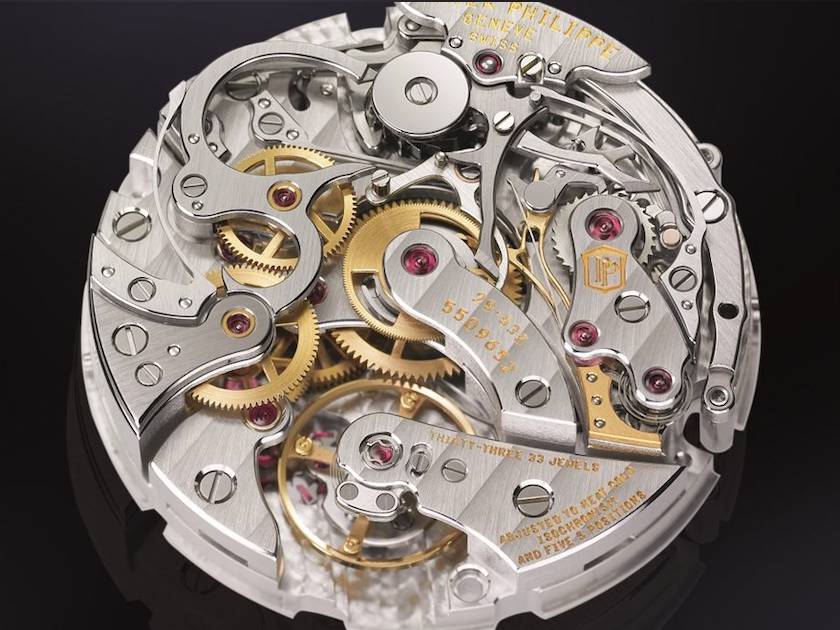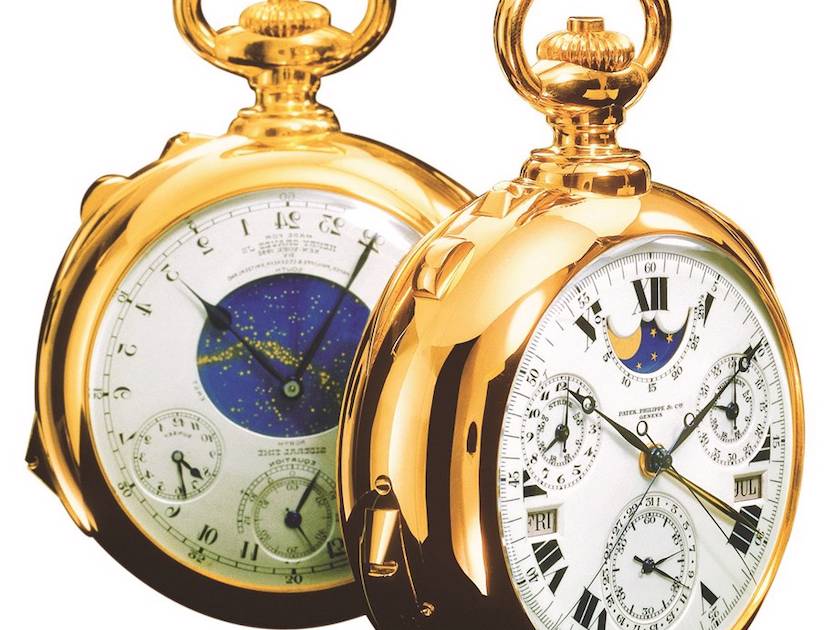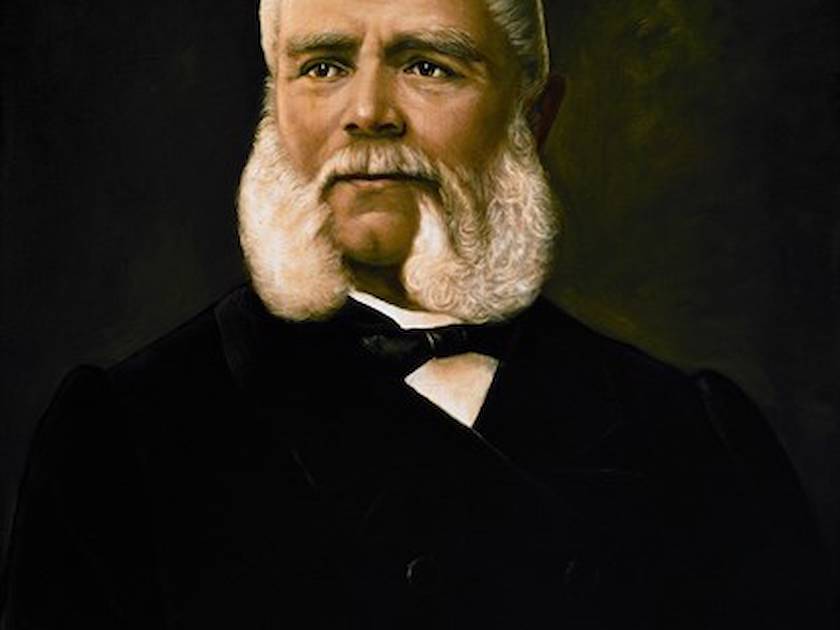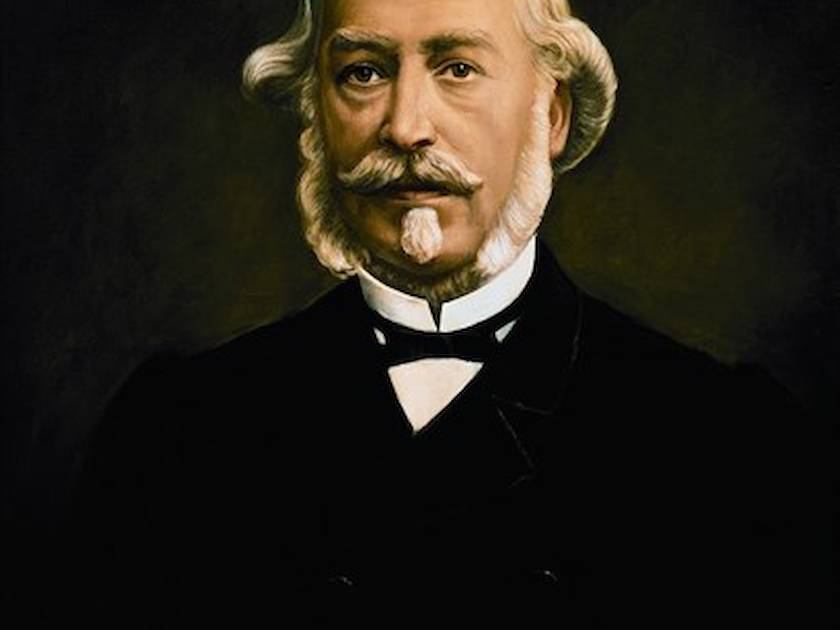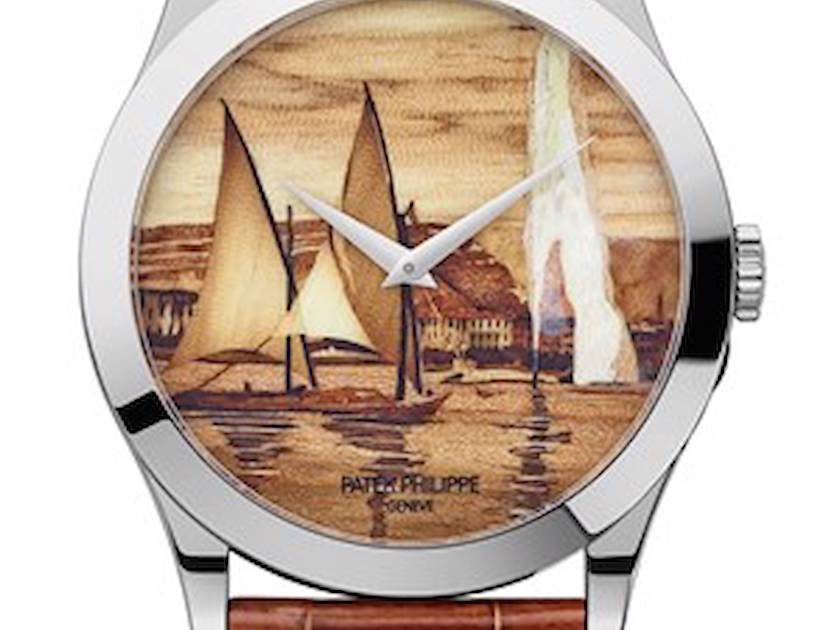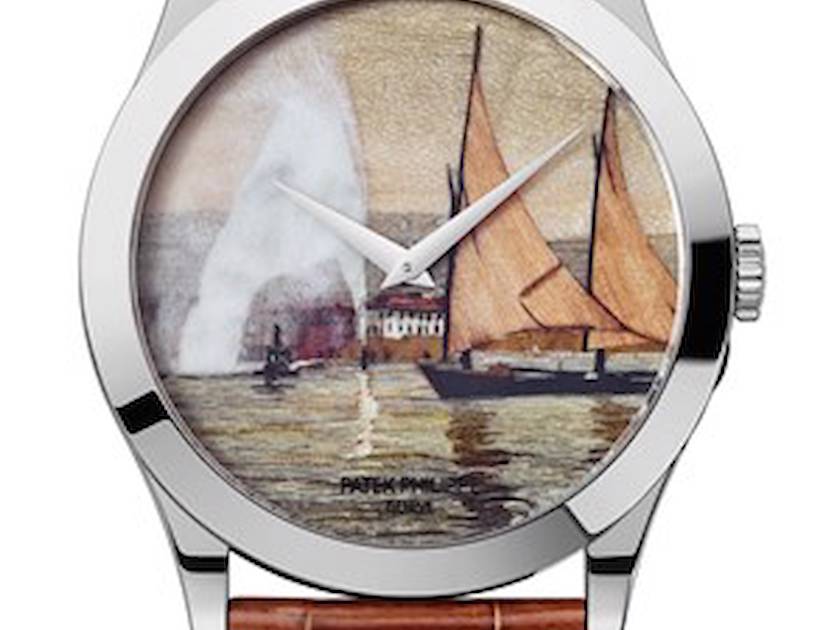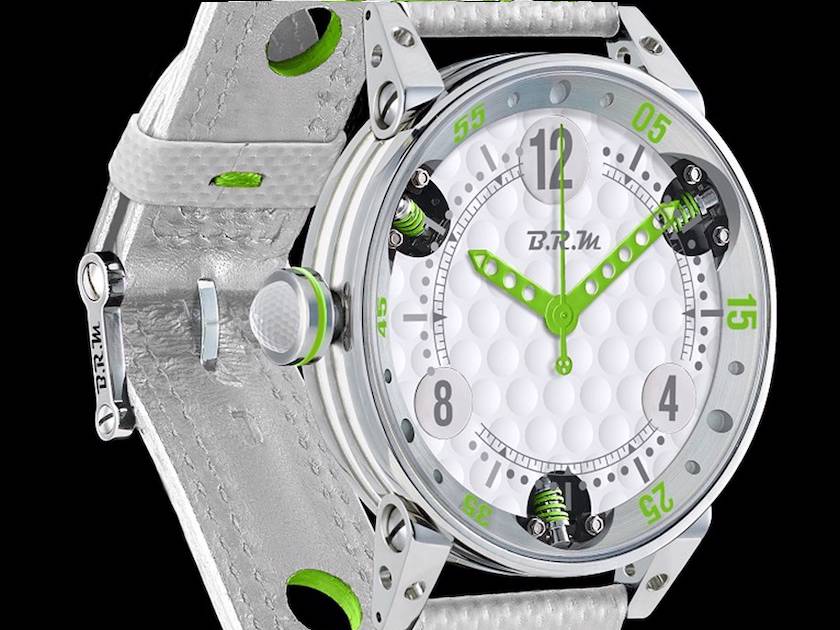Patek Philippe - The wonderful watchmaker
In the esoteric world of fine watchmaking, one name stands out, Patek Philippe. The Swiss watch company, based in Geneva, recently celebrated its 175th anniversary and has become a byword for fine timepieces. Angus Davies explains why purists covet these watches…
Patek Philippe timepieces are renowned for their no-compromise construction, where cutting edge know-how is paired with traditional craftsmanship in order to create impressive horological creations. The Swiss company’s timepieces represent the epitome of watchmaking and are the darlings of the auction world, often commanding dizzyingly high prices. In 2014, the ‘Henry Graves Supercomplication Pocket Watch’ (1933), equipped with 24 complications, set a new all-time world record, selling for CHF 23,237,000 (circa £15.8m at the time of writing). However, when a company infuses its timepieces with magnificent artistic flair, perhaps discussions of fiscal matters appear rather unseemly. To understand the cachet of Patek Philippe, a journey into the past is necessary. It is only with greater understanding of this historical watch company that one can truly appreciate why the cognoscenti revere these watches.
HISTORY LESSON. Huguenots fleeing persecution in catholic France after the revocation of the Edict of Nantes in 1685, settled in Geneva. Bringing many skills with them, they joined other refugees from France who were already established in the jewellery and watchmaking industry. This profusion of talent led to the Swiss city becoming a centre of watchmaking expertise. Polish born, Antoine Norbert de Patek initially joined forces with his compatriot, François Czapek. The duo formed the watchmaking firm Patek, Czapek & Cie in 1839. However, Patek subsequently heard of a young French watchmaker, Jean-Adrien Philippe, who had ingeniously conceived a keyless winding stem and setting system for pocket watches. The crown, positioned at noon, was revolutionary at the time and Patek invited Philippe to join him, dissolving his partnership with Czapek. Initially, Philippe was employed as a technical director, but was later made a partner in the company and the maison was renamed Patek, Philippe & Cie - Fabricants à Genève in 1851. In 1932, Charles and Jean Stern acquired The Patek Philippe Watchmaking Company and their descendants continue to own and operate the company to this day, now led by its president, Thierry Stern.
DIVERSE MODELS. One of the many attributes of Patek Philippe, and a key contributory factor to its success, is the diversity of its product offering. Whilst some watch companies have become synonymous with one or two collections, Patek Philippe has avoided becoming typecast, proffering a diverse array of models. In 1902, the Genevan watch brand created a series of timepieces for an upscale jeweller in Rio de Janeiro, Gondolo & Labouriau. These watches were aptly named Chronometro Gondolo and Patek continued to supply them up to 1927. Arguably, the most striking models were produced in the 1920s, capturing the beauty of the Art Deco movement. Today’s versions, now simply named Gondolo, continue to harness the beauty of this period. Rectangular forms and tonneau-shaped cases vie for the prospective purchaser’s attention, while other models feature more curvaceous lines and brilliant gems. The Calatrava remains a popular choice with its simple lines and graceful mien. Its origin can be traced to its first incarnation, the Reference 96, released in 1932. This watch adopted the minimalist design codes of the Bauhaus movement, with dauphine-shaped hands elegantly interfacing with faceted batons to tell the time. Indeed, such was the appeal of the original model that the current Reference 5123R appears very similar.
GÈRALD GENTA. Arguably the greatest watch designer of the 20th century was Swiss-born, Gérald Genta. He imaginatively penned several masterpieces for different watch companies, including the Audemars Piguet Royal Oak, IWC Ingenieur SL and the Patek Philippe Nautilus. The Nautilus was released in 1976. It was contemporary in stainless steel, sporty and yet still very elegant. Over the years, the Nautilus collection evolved with various ‘complications’ and colourways being released. However, some design traits are common to all Nautilus models. Parallel, horizontal lines adorn the dials and the cases sport ‘ears’ on their westerly and easterly flanks.
COMPLEXITIES EXPLAINED.To understand the added value inherent with some of the costlier Patek models, the matter of complications needs to be explained. A complication is any function other than the display of hours, minutes and seconds, for example, some watches feature a ‘world time function’; simultaneously displaying the prevailing time in key cities around the globe. Alternatively, a ‘chronograph’ is a watch equipped with a stopwatch function. While this is a popular genre of watch, Patek Philippe is known for producing some of the finest examples, as the push-pieces are silky-smooth in movement. Another complication is an annual calendar that displays the day, date and month on its dial. It mechanically computes, for example, that September consists of 30 days and on reaching the midnight hour of the final day of this month, it automatically calculates that the next day is 1st October. The user needs only to manually adjust the date once per annum, on 1st March. This degree of complexity is incredible. The perpetual calendar mechanically compensates for February’s fewer days, even making allowance for leap years. With a perpetual calendar, the date only requires adjustment in 2100, 2200, 2300 etc. In the latter part of 2014, Patek Philippe commenced a year of celebrations, marking its 175th anniversary with the release of the Grandmaster Chime. This timepiece is equipped with 20 complications and contains 1,366 movement parts. Few other watch companies are able to surpass this degree of mind-blowing complexity and invention.
MÉTIERS D’ART. Beyond the mechanical creativity of Patek Philippe’s timepieces are the numerous artistic crafts practised by the company, often grouped under the umbrella of Métiers d'Art. Engraved cases and dials exploit depth to create pockets of light and shade. Elaborate motifs are the skillful conclusion of deft use of hand tools, which delight loyal clientele. For example, the Reference 5160, a perpetual calendar watch, presented in rose gold, has a delightfully engraved case and lugs. It clearly capitalises over a century of horology expertise. Gem-set cases are another speciality, expertly mounting various precious stones of differing types and various sizes to stunning effect. To mark its 175th anniversary, Patek Philippe has created a limited series of watches featuring ‘lakeside scenes’ of Lake Geneva, incorporating wood marquetry dials. These intricately patterned dials are staggeringly complex, with the construction comprising many pieces, each meticulously cut from various types of wood. Lastly, there are enamel dials, which may incorporate one of several techniques. The most challenging to perform is miniature painting where a fine brush, sometimes featuring only one sable hair, is used to impart one shade to a dial. This colour will consist of one or several dots applied to the dial and subject to firing in a kiln at circa 800°C, a technique referred to as ‘grand feu’ enamelling. Enamels do not behave uniformly, so the enameller has to develop empathy for the dial surface. The process is repeated numerous times as further colours are imparted to the dial, sometimes taking many hours to complete. It is not unknown for a dial to bubble or crack near the closing stages of realisation, necessitating the enameller to start the time-consuming process from the beginning.
TIME SERVED TRADITION. When it comes to discussing Patek Philippe, there is much to convey. The movements are finished in time-served tradition to exacting standards. Precision and quality are words that are entwined with the brand’s nomenclature. These high-end watches are steeped in history and they exude excellence.

Journalist
